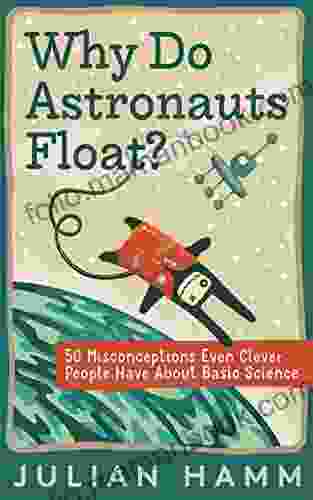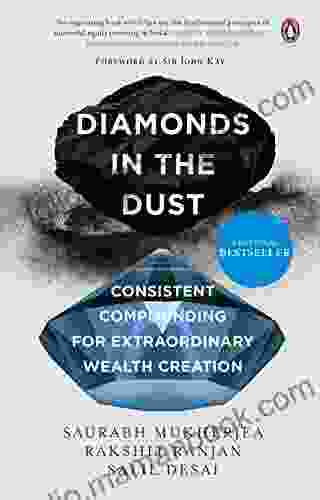50 Misconceptions Even Clever People Have About Basic Science

Science is a vast and complex field, and it's easy to get things wrong. Even clever people can fall prey to misconceptions about basic science. Here are 50 of the most common misconceptions:
4.6 out of 5
| Language | : | English |
| File size | : | 1719 KB |
| Text-to-Speech | : | Enabled |
| Enhanced typesetting | : | Enabled |
| Word Wise | : | Enabled |
| Print length | : | 81 pages |
| Lending | : | Enabled |
| Screen Reader | : | Supported |
1. The Earth is flat.

This is one of the oldest and most persistent misconceptions about science. It's easy to see why people might have thought this in the past, since the Earth appears to be flat from our perspective. However, we now know that the Earth is a sphere, and there is plenty of evidence to support this fact.
2. The sun revolves around the Earth.
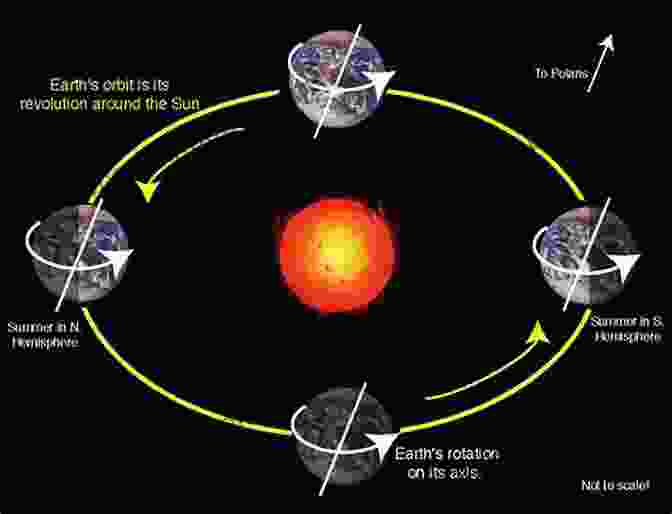
This is another misconception that was once widely held. In the Ptolemaic system of astronomy, which was dominant for over 1,000 years, the Earth was thought to be the center of the universe and the sun and other planets revolved around it. However, Nicolaus Copernicus showed in the 16th century that the sun is actually the center of the solar system and the Earth revolves around it.
3. Evolution is just a theory.
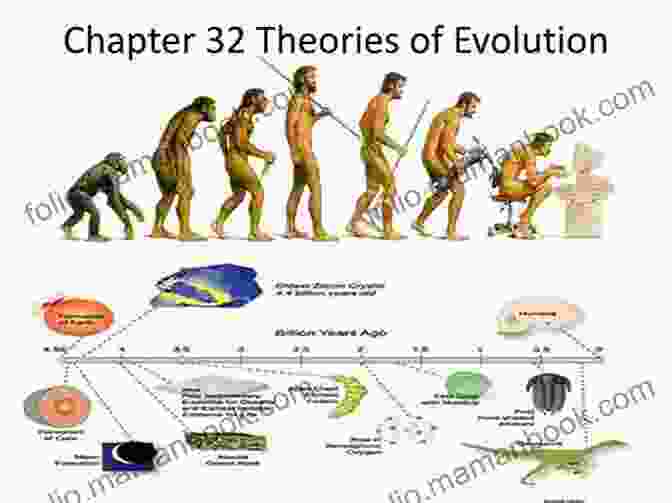
This is a common misconception about evolution. The word "theory" in science does not mean "guess" or "hypothesis." It means a well-supported explanation for a natural phenomenon. Evolution is a theory in the same way that gravity is a theory. It is a well-supported explanation for how life on Earth has changed over time.
4. Vaccines cause autism.
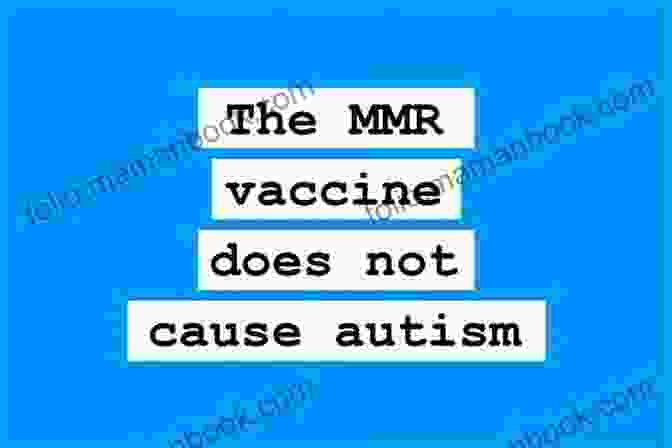
This is a dangerous and unfounded misconception. There is no credible evidence to support the claim that vaccines cause autism. In fact, numerous studies have shown that vaccines are safe and effective.
5. Climate change is a hoax.

This is a misconception that is often spread by people who have vested interests in maintaining the status quo. The evidence for climate change is overwhelming, and it is clear that we need to take action to reduce our emissions of greenhouse gases.
6. Nuclear power is dangerous.

This is a misconception that is often based on fear and misinformation. Nuclear power is actually one of the safest forms of energy production. Nuclear power plants are heavily regulated, and they have a number of safety features in place to prevent accidents.
7. GMOs are harmful.

This is a misconception that is often spread by people who are opposed to genetic engineering. GMOs are actually safe and nutritious. They can provide a number of benefits, such as increased crop yields, resistance to pests and diseases, and improved nutritional value.
8. The human body only uses 10% of its brain.
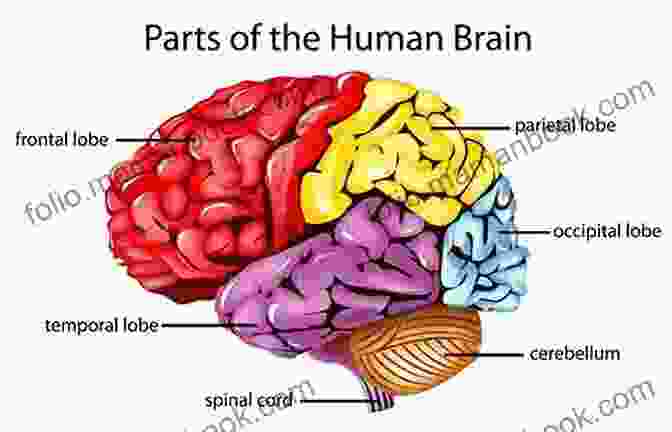
This is a misconception that has been around for over a century. It is based on the incorrect belief that most of the human brain is made up of inactive tissue. However, we now know that the human brain is highly active, and that it uses all of its parts to perform a variety of tasks.
9. Sugar causes hyperactivity in children.

This is a misconception that has been disproven by numerous studies. Sugar does not cause hyperactivity in children. However, it can lead to weight gain and other health problems.
10. Cold air makes you sick.
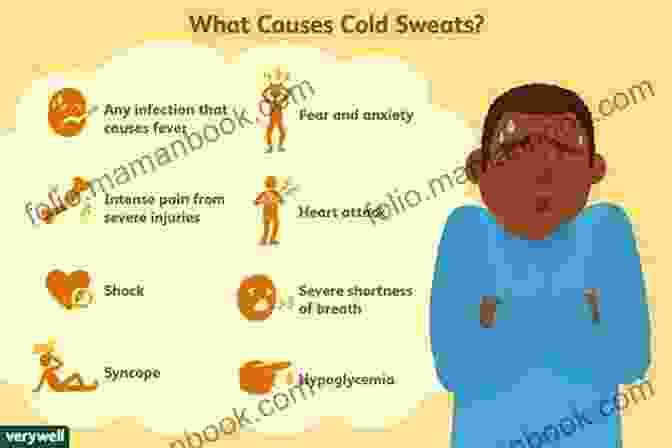
This is a misconception that is based on the incorrect belief that cold air can kill bacteria and viruses. However, cold air does not kill bacteria and viruses. It can actually make them more active.
11. The Great Wall of China is visible from space.

This is a misconception that is often perpetuated by movies and television shows. However, the Great Wall of China is not visible from space with the naked eye. It is too narrow and too faint to be seen from such a distance.
12. The Dead Sea is the saltiest body of water in the world.

This is a misconception that is often based on the fact that the Dead Sea is very salty. However, there are actually other bodies of water that are more salty than the Dead Sea. The saltiest body of water in the world is the Don Juan Pond in Antarctica.
13. The human heart is on the left side of the body.
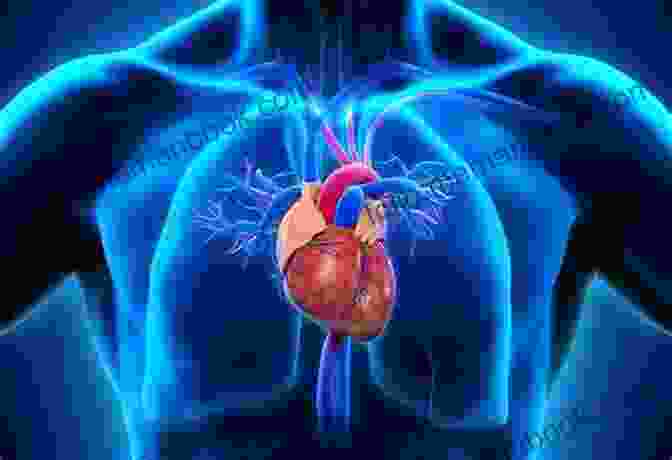
This is a misconception that is often based on the fact that the human heart can be felt on the left side of the chest. However, the human heart is actually located in the center of the chest, slightly to the left.
14. The human body has 32 teeth.
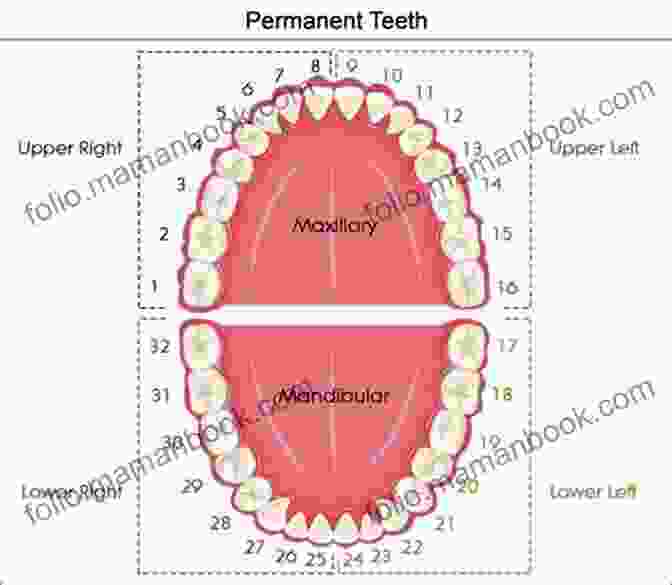
This is a misconception that is often based on the fact that most people have 32 teeth in their mouth. However, the human body actually has 28 teeth. The four missing teeth are the wisdom teeth, which are often removed because they can cause pain and other problems.
15. The average human lifespan is 70 years.
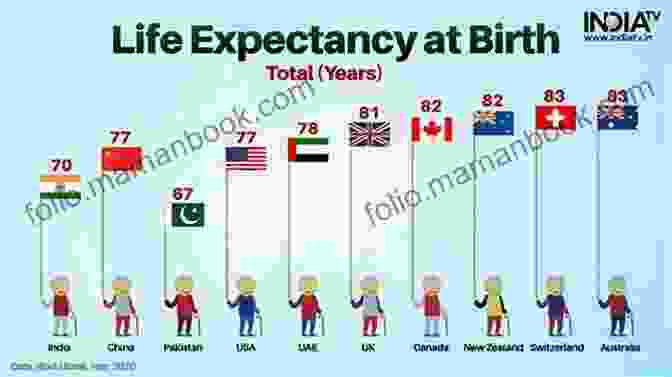
4.6 out of 5
| Language | : | English |
| File size | : | 1719 KB |
| Text-to-Speech | : | Enabled |
| Enhanced typesetting | : | Enabled |
| Word Wise | : | Enabled |
| Print length | : | 81 pages |
| Lending | : | Enabled |
| Screen Reader | : | Supported |
Do you want to contribute by writing guest posts on this blog?
Please contact us and send us a resume of previous articles that you have written.
 Top Book
Top Book Novel
Novel Fiction
Fiction Nonfiction
Nonfiction Literature
Literature Paperback
Paperback Hardcover
Hardcover E-book
E-book Audiobook
Audiobook Bestseller
Bestseller Classic
Classic Mystery
Mystery Thriller
Thriller Romance
Romance Fantasy
Fantasy Science Fiction
Science Fiction Biography
Biography Memoir
Memoir Autobiography
Autobiography Poetry
Poetry Drama
Drama Historical Fiction
Historical Fiction Self-help
Self-help Young Adult
Young Adult Childrens Books
Childrens Books Graphic Novel
Graphic Novel Anthology
Anthology Series
Series Encyclopedia
Encyclopedia Reference
Reference Guidebook
Guidebook Textbook
Textbook Workbook
Workbook Journal
Journal Diary
Diary Manuscript
Manuscript Folio
Folio Pulp Fiction
Pulp Fiction Short Stories
Short Stories Fairy Tales
Fairy Tales Fables
Fables Mythology
Mythology Philosophy
Philosophy Religion
Religion Spirituality
Spirituality Essays
Essays Critique
Critique Commentary
Commentary Glossary
Glossary Bibliography
Bibliography Index
Index Table of Contents
Table of Contents Preface
Preface Introduction
Introduction Foreword
Foreword Afterword
Afterword Appendices
Appendices Annotations
Annotations Footnotes
Footnotes Epilogue
Epilogue Prologue
Prologue Esther Crain
Esther Crain Shawn A Tassone
Shawn A Tassone Kathryn Taylor
Kathryn Taylor Viktor E Frankl
Viktor E Frankl Robert P French
Robert P French Arthur Joseph Jr
Arthur Joseph Jr John Pirillo
John Pirillo Julian Rathbone
Julian Rathbone Tracey West
Tracey West Maryse Meijer
Maryse Meijer Ike Hamill
Ike Hamill Kei Sasuga
Kei Sasuga Mark Pellegrini
Mark Pellegrini Jeffrey S Lantis
Jeffrey S Lantis Mark Stone
Mark Stone Manik Joshi
Manik Joshi Kazuyuki Motohashi
Kazuyuki Motohashi Nanin
Nanin John Flanagan
John Flanagan Andy Maslen
Andy Maslen
Light bulbAdvertise smarter! Our strategic ad space ensures maximum exposure. Reserve your spot today!
 Frank MitchellFollow ·6k
Frank MitchellFollow ·6k Dominic SimmonsFollow ·16.7k
Dominic SimmonsFollow ·16.7k Jeremy CookFollow ·8.4k
Jeremy CookFollow ·8.4k Julio CortázarFollow ·10.9k
Julio CortázarFollow ·10.9k Cooper BellFollow ·12.5k
Cooper BellFollow ·12.5k Everett BellFollow ·7.9k
Everett BellFollow ·7.9k Duncan CoxFollow ·8.4k
Duncan CoxFollow ·8.4k Ralph Waldo EmersonFollow ·7.3k
Ralph Waldo EmersonFollow ·7.3k
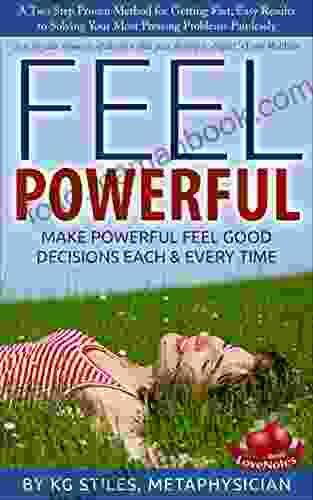
 Dean Cox
Dean CoxHow to Make Decisions Easily & Effortlessly: The...
The Different Types of Decisions There...

 Gustavo Cox
Gustavo CoxThe End of World War II and the Birth of Baseball's...
The end of...

 Patrick Rothfuss
Patrick RothfussThe Dantes: An 11-Family Saga of Billionaires, Soulmates,...
The Dantes is an epic family saga that follows...
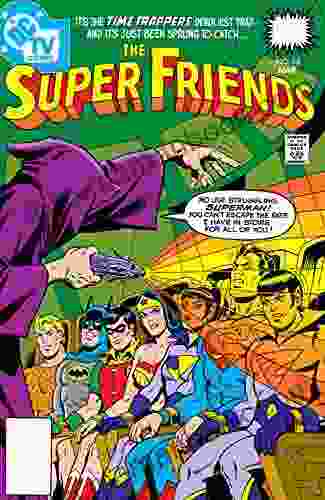
 Dylan Mitchell
Dylan MitchellSuper Friends: The Animated Adventures That Defined a...
In the vibrant landscape of American...
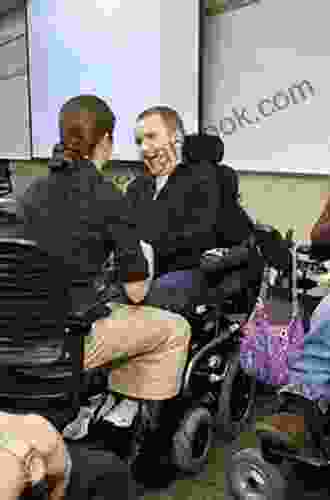
 Jamal Blair
Jamal BlairCollege For Students With Disabilities: We Do Belong
College can be a...
4.6 out of 5
| Language | : | English |
| File size | : | 1719 KB |
| Text-to-Speech | : | Enabled |
| Enhanced typesetting | : | Enabled |
| Word Wise | : | Enabled |
| Print length | : | 81 pages |
| Lending | : | Enabled |
| Screen Reader | : | Supported |


